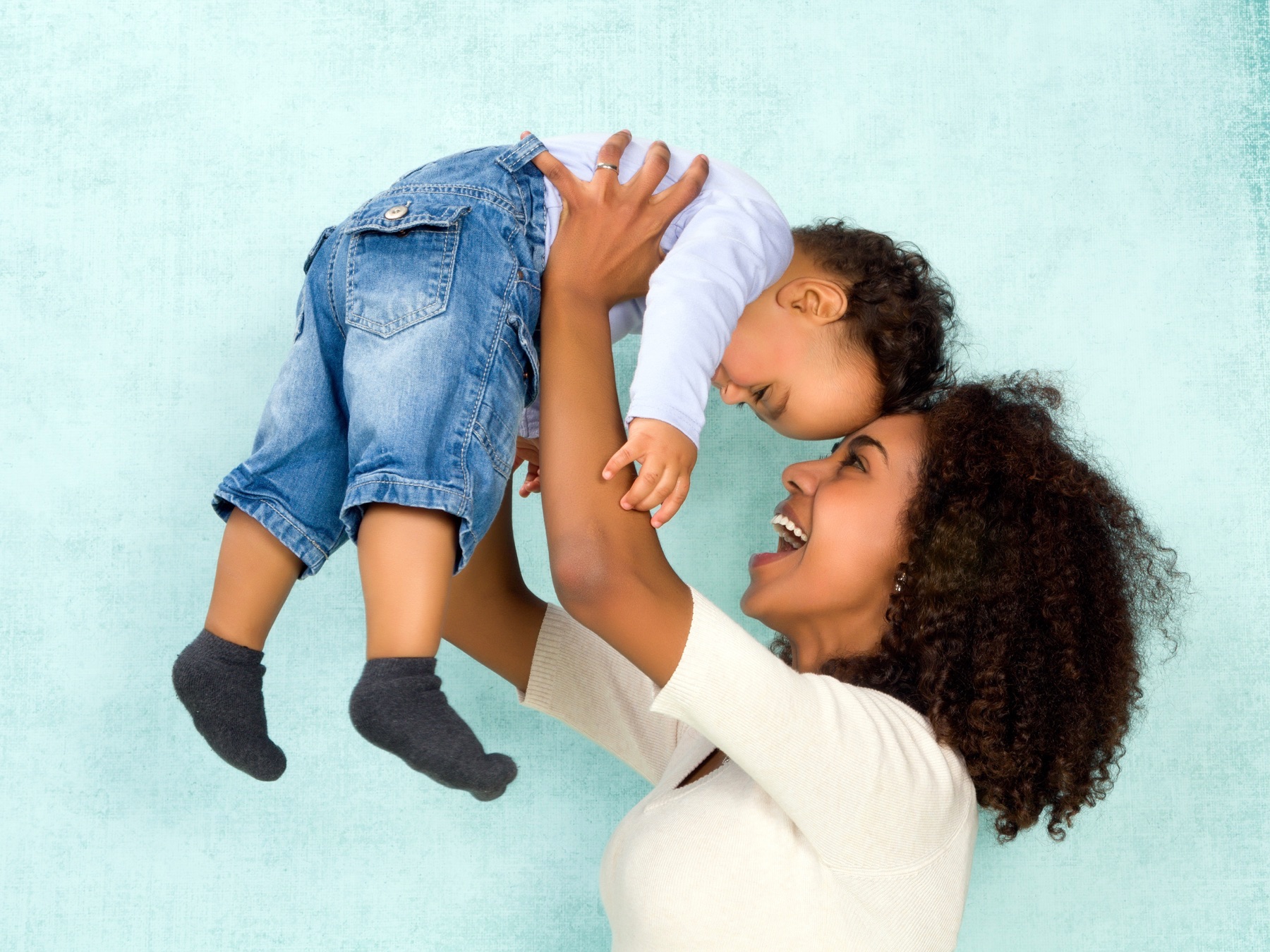Attachment
 Photo courtesy of Our Family WizardOpens in new window
Photo courtesy of Our Family WizardOpens in new window
Attachment is the emotional bond between infant and caregiver (mother, father, or other who takes care of the body). Attachment is also expressed behaviorally; infant and caregiver wish to be in close proximity to one another. |
John Bowlby, a British psychiatrist who was trained in Freudian psychoanalysisOpens in new window, wrote a ground-breaking text that explored attachment (Bowlby, 1969). In his book, Bowlby argued that attachment between infant and caretaker is innate and that it serves to enhance the survival of the infant. Because of this bond, the mother wishes to care for the infant; the infant’s wish to remain close to the mother also enhances the possibility of survival.
Bowlby also wrote that the relationship between infant and caregiver is the infant’s first experience with both interpersonal love and interpersonal fear. The pull of attachment continues throughout life, although possibly not as dramatically as the early experience. This early relationship sets the emotional stage for later relationships, especially romantic love.
Contemporaneous with Bowlby, psychologist Mary AinsworthOpens in new window pioneered the assessment of individual differences in attachment and the study of how infant attachment is related to one’s later love relationship patterns (Ainsworth, 1967, 1969, 1989).
Through using the Strange Situation methodOpens in new window, Ainsworth brought mother and infant into a laboratory playroom filled with toys. Next, the test begins. The mother leaves, and the baby is left alone with the stranger. Anisworth was interested in how the baby would react to the mother leaving and also how the baby would behave when the mother returned.
Ainsworth identified three basic attachment patterns.
- In anxions-ambivalent, the infant is very upset when mother leaves. When the mother returns, the infant tends to behave in an ambivalent fashion, demonstrating both love and anger (e.g., clinging to mother and lightly hitting her with fists).
- The infant whose attachment is avoidant does not appear distressed when mother leaves. When mother returns, the infant generally ignores her.
- In the most common type of attachment, secure, the infant responds with some distress when mother leaves but usually less distress than the anxious-ambivaletn infant demonstrates. When mother returns, the infant greets her happily and all returns to normal.
Attachment remains a popular topic of study. Research that followed Ainsworth’s has focused on a variety fo topics. One area of interest has been adult relationship patterns that are associated with the infant attachment patterns. For example, research has tended to indicate that the securely attached infant is secure in adult romantic relationships. In contrast, individuals with either insecure attachment pattern (either anxious-ambivalent or avoidant) as an infant tend to have less secure and stable adult relationships.
Another area of research has been to explore the reasons why some infants demonstrate the attachment patterns that they have. For example, Ainsworth et al. (1978) found that the mother’s sensivity to her baby’s cues is related to the baby’s attachment pattern. A number of books about attachment are informative and accessible to both popular and scholarly audiences, including Rolfe’s (2005) Rethinking Attachment for Early Childhood Practice.
related literatures:
- Rolfe, S. (2005). Rethinking attachment of early childhood practice: Promoting security, autonomy, and resilience in young children. Crows Nest, Australia: Allen and Unwin.
- Ainsworth, M.S. (1976). Infancy in Uganda: Infant care and the growth of love. Oxford, England: Johns Hopkins University Press.
- Ainsworth, M.S. (1969). Object relations, dependency, and attachment: A theoretical review of the infant-mother relationship. Child Development, 40, 969 – 1025.
- Ainsworth, M.S. (1989). Attachments beyond infancy. American Psychologist, 44, 709 – 716.
- Ainsworth, M.S., Blehar, M.C., Waters, E., & Walls, S. (1978). Patterns of attachment: A psychological study of the strange situation. Oxford, England: Lawrence Erlbaum Associates.
- Bowlby, J. (1969). Attachment and loss: Vol. 1. Attachment. New York: Basic Books.
- Rolfe, S. (2005). Rethinking attachment for early childhood practice: Promoting security, autonomy, and resilience in young children. Crows Nest, Australia: Allen and Unwin.

